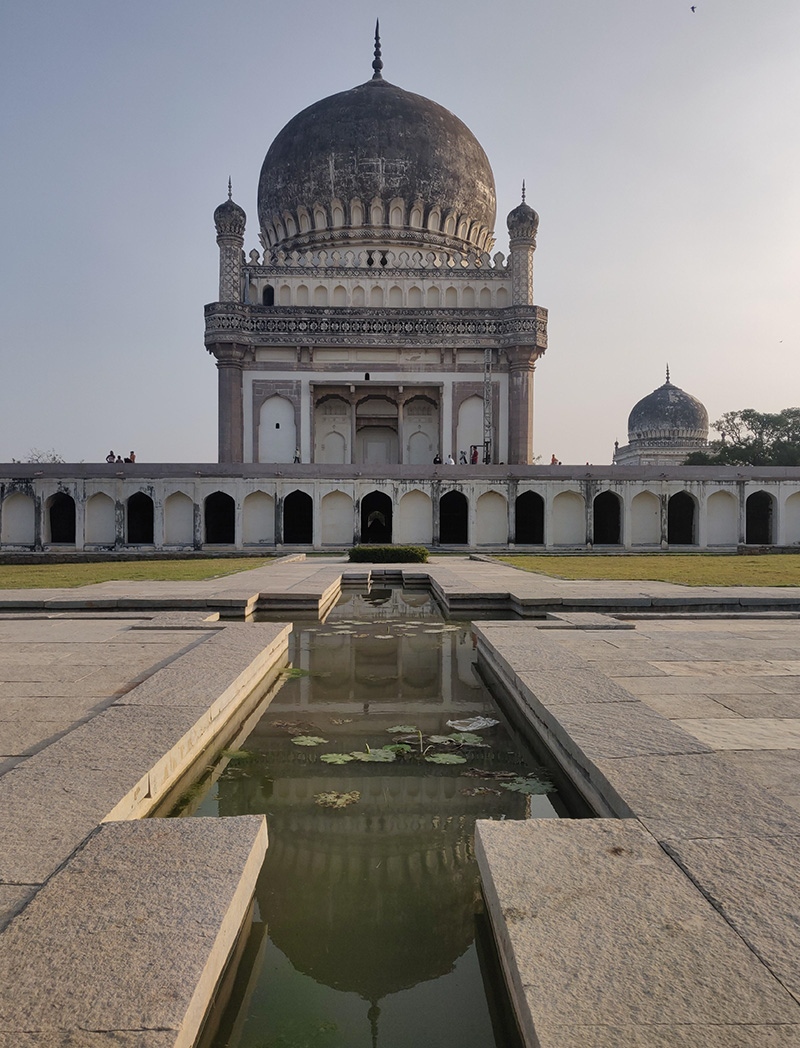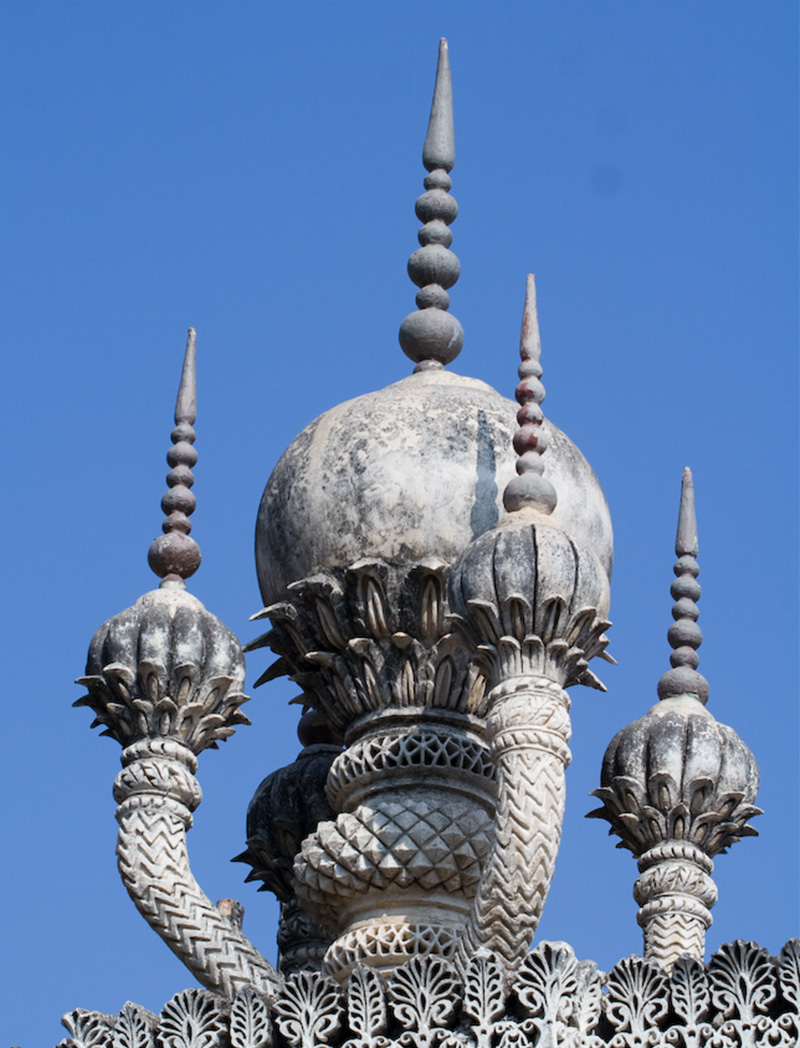PERSPECTIVES
Tracing Early Globalisation Through the Pineapple
The pineapple is ubiquitous and widely popular in India today, which is also its fifth largest producer globally. However, this isn’t a particularly new phenomenon and goes back further than you might expect.
Roughly five hundred years ago, pineapples emerged as potent symbols of a globalising world. In the sixteenth century, the European conquest of the Americas led to dozens of new crops being imported to Afro-Eurasia for the first time, including potatoes, tomatoes, chilli peppers and pineapples. For reasons including taste, nutrients and ease of production, botanists began to experiment with them, developing the ancestors of many of today’s most commonplace foods.
Many of these new crops were irresistible to South Asian aristocrats, who had a taste for the costly and exotic goods brought to them by the flourishing global trade connections of the time. The Mughals, for example, grew both melons from Central Asia and pineapples from South America in their orchards and encouraged their noblemen to do the same.
It was in the Deccan, however, where the American pineapple would have its most unexpected afterlife. The Qutb Shahi dynasty, who ruled swathes of Telangana from their seat in Golconda/Hyderabad, saw this expensive foreign fruit as a symbol of wealth and good health. To this day, their monuments — such as the Charminar and their lonely tombs in modern Hyderabad — are decorated with pineapple motifs (in particular that of Abdullah Qutb Shah, r. 1626–72). The pineapple retained its symbolic allure even after the dynasty was supplanted by the Nizams in 1724. The tombs of the Paigah family, who were important nobles in the Nizams’ Hyderabad state, used stucco pineapple motifs on their domes.
Pineapples also symbolised wealth in other regions of India. One example is the kalamkari textile made for the Indonesian market (c. 1720) on the Coromandel coast. Penned with repeating pineapple motifs resembling lace-patterned European textiles, it exemplifies how both the producers and consumers, connected by the Indian Ocean, enthusiastically adopted new tastes and motifs from their increasingly globalised world.









